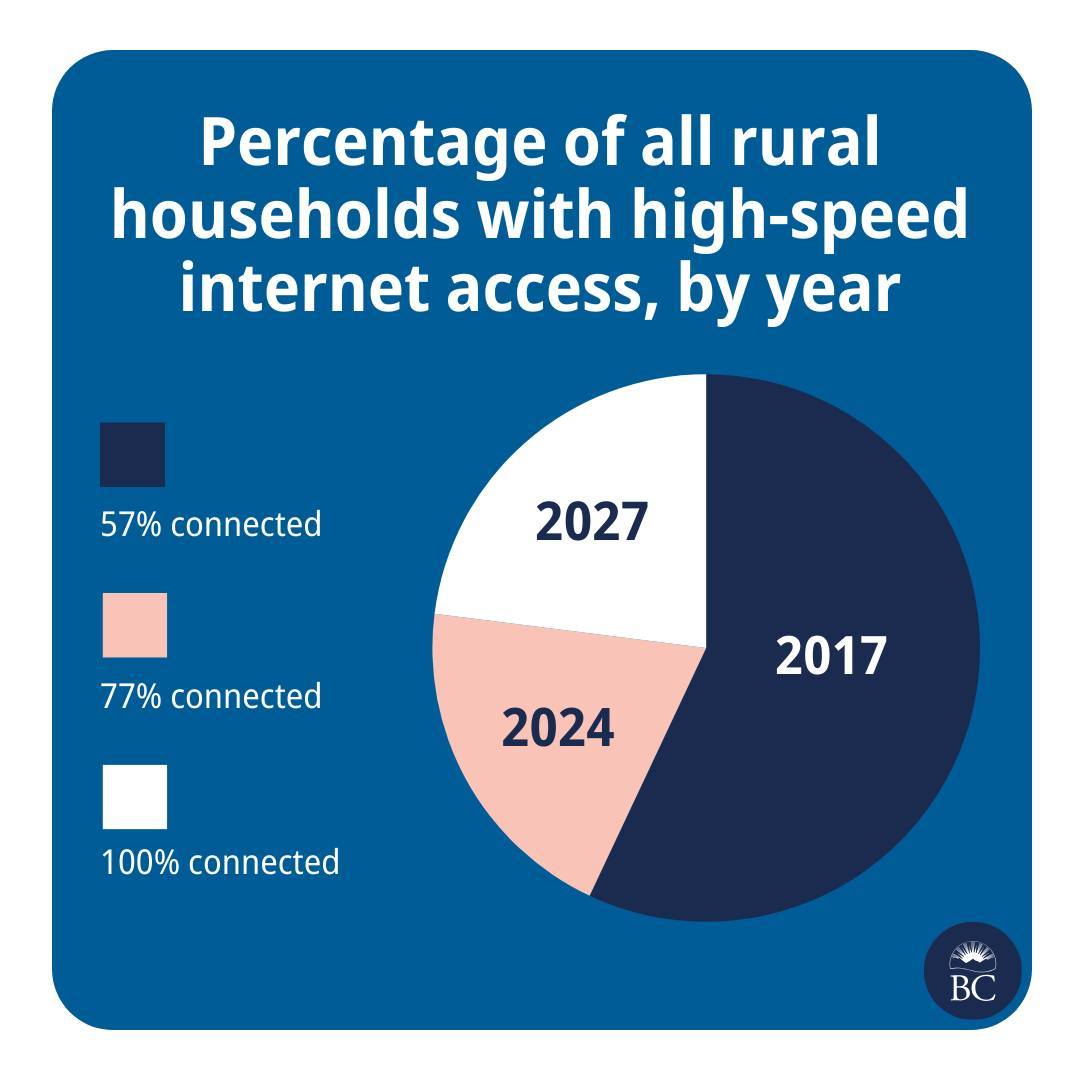this post was submitted on 23 May 2024
197 points (97.6% liked)
British Columbia
1837 readers
54 users here now
!britishcolumbia@lemmy.ca
News, highlights and more relating to this great province!
founded 4 years ago
MODERATORS
you are viewing a single comment's thread
view the rest of the comments
view the rest of the comments

Took me a minute, but it actually isn't that bad. The size of the last two sections represent the additional % on top of the previous...
Having said that, there must've been a better, less confusing way to represent this data
You could easily improve it significantly by labeling the segments:
I've always said bar or line, especially with time axis. In cases like this, you usually use a line as it usually isn't linear growth anyway and you'd use a logarithm to predict where it'd be in 2027.
Of course they're just bullshitting that 100% as real predictions wouldn't ever get there.
yep line plot for sure.
The years aren't equally spaced in time, and the future forecast should be clearly differentiated - maybe with a dotted line, or a high to low spread.
The graph hides how ambitious it is to more than double the rollout rate.
We should expect to see cost per year (or workforce or some measure of resources) aso more than doubling.
Presumably this is a funded a plan, not strictly a forecast, so it's not unresonable to have accelerating growth, if more resources are going in.
If resources are constant, then yes I'd think diminishing returns wold shape the forecast.
Yea, it's called a line chart.
Pie charts should never be used, unless you're trying to show the progress someone is making on a personal pizza.
Even then, a bar chart or stacked bar chart would be preferable.
I used to think that, but I think they do have a place. In an array, pie charts can be a quick way to scan for rough spread on data across different populations. Like, 50 pie charts showing partisanship in the US could quickly show why certain states are "battleground states" and why the rest of the US is already locked up.
Not useful for seeing individual values, or comparing more than 2 numbers (or 3 numbers in a linear axis of comparison), but they're compact, so they work well for large-volume comparisons.
Actually, in general, they're fine for comparing two-value data where the intent is to give a sense of scale between the values quickly, but where the actual values don't matter for the argument. A bar graph puts emphasis on testing the values accurately, but sometimes you just want to show that "it's about ⅕", and it doesn't matter at all if it's 18% or 22%.
I think the way to go would be to give each slice a different radius, so you could see that they're layered over one another.